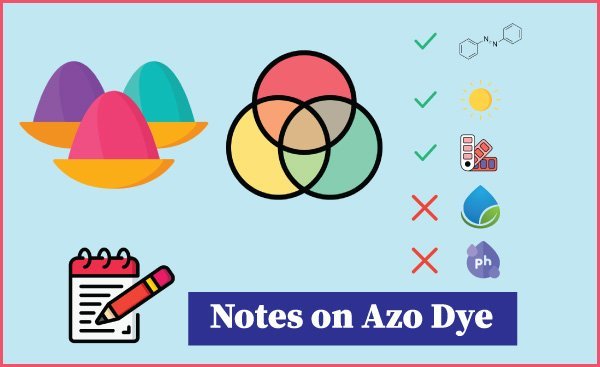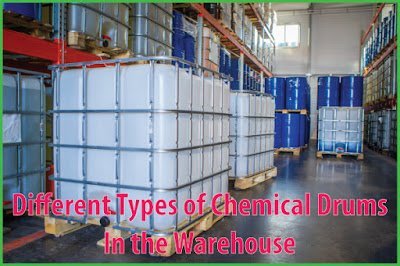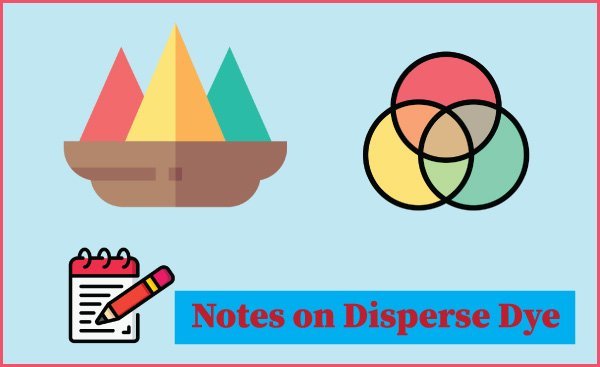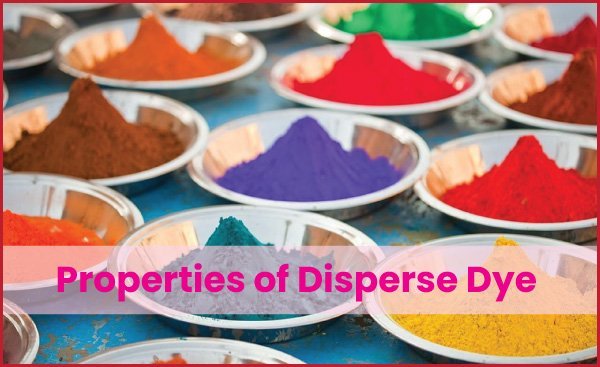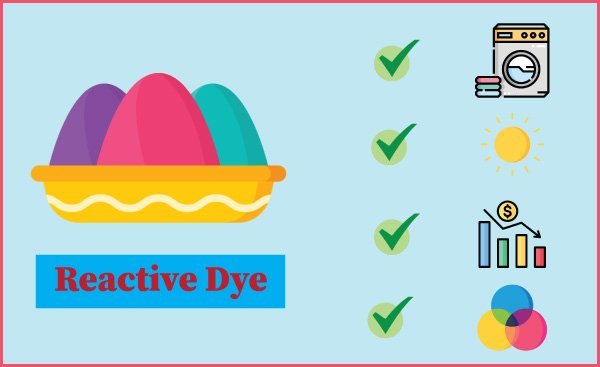An Overview of Sulphur Dye [A to Z]
Among the various fashion articles, denim is the fashion icon. For ages, denim has held its waist. Denim fabrics are made of different colors and different styles. Blue, black, or any other color is basically made with sulphur. In this article, we will discuss the critical points of sulphur dye. Significance/Properties of Sulphur Dyes Note: […]

![An Overview of Sulphur Dye [A to Z]](https://textileapex.com/wp-content/uploads/2023/08/sulphur-dye.jpg)
